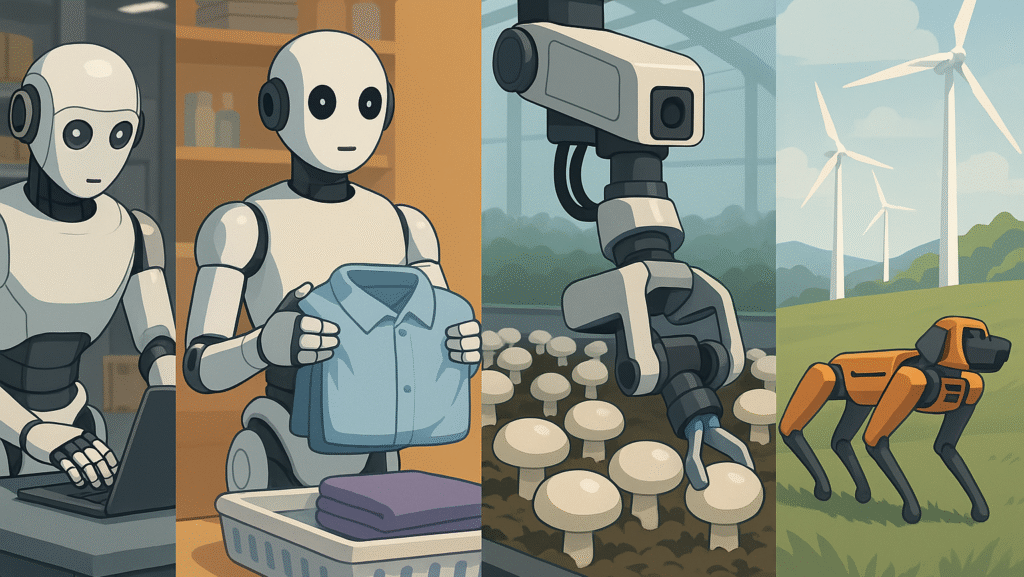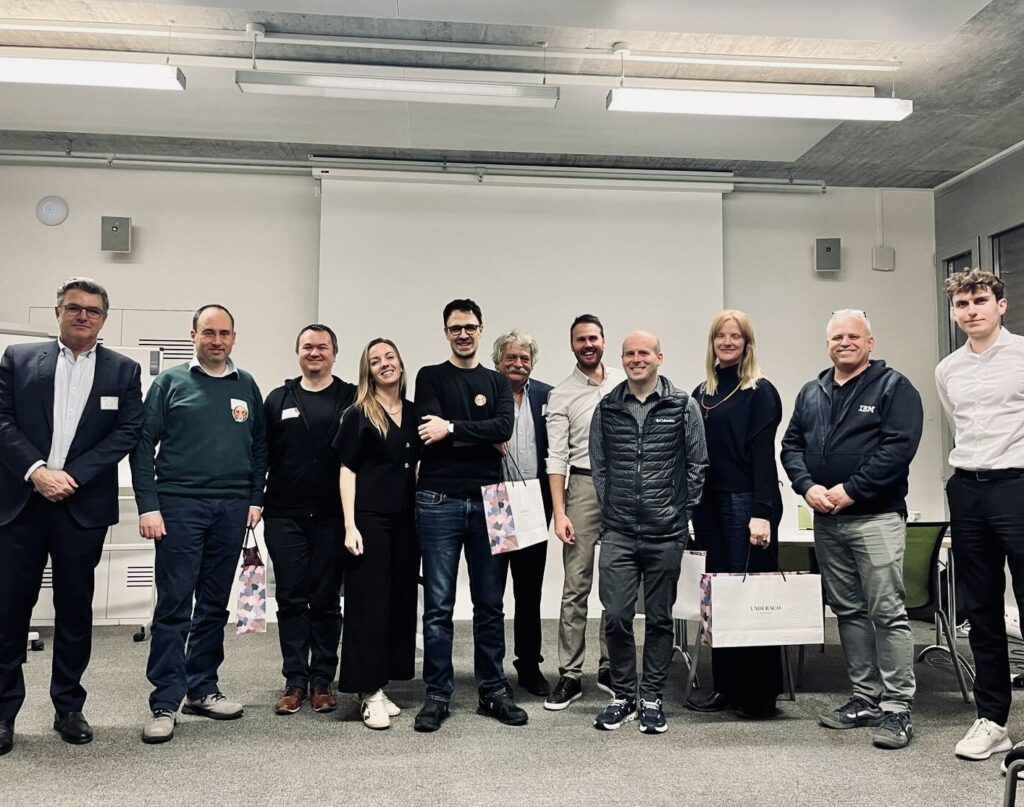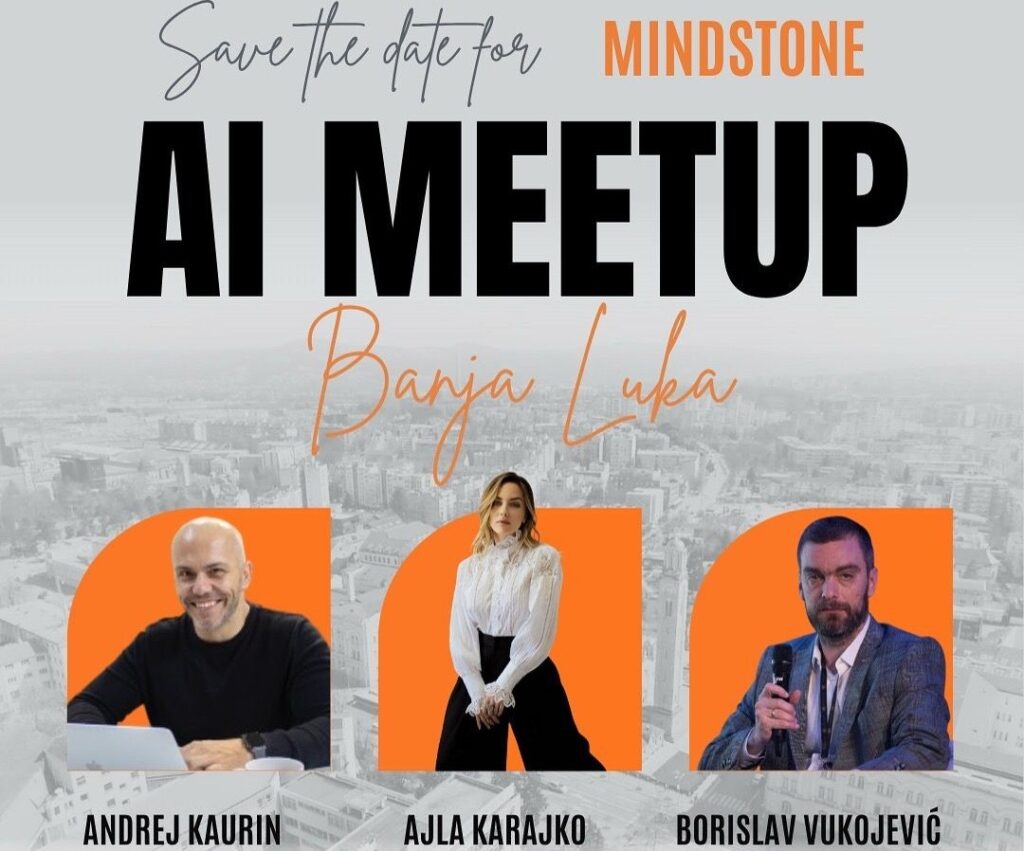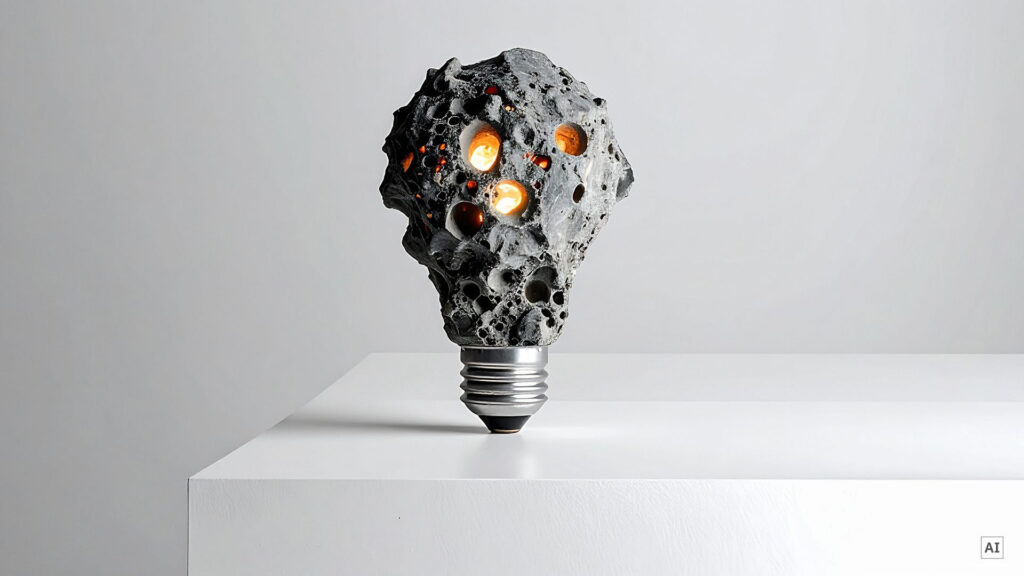The world of robotics is advancing rapidly, with new innovations emerging daily that push the boundaries of what’s possible. Robots are no longer confined to factories — they are now entering our homes, assisting in agriculture, maintaining energy systems, and learning from one another through advanced AI networks.
Skild’s general-purpose robot brain
Startup Skild AI, backed by giants like Amazon and SoftBank, has unveiled a revolutionary system called Skild Brain — a universal “brain” that connects all robots into a global network of collective learning. The goal is for every robot, regardless of type, to learn from its own and others’ experiences, enabling the development of real-time collective intelligence.
Skild Brain is designed to power everything from humanoid robots in warehouses to sophisticated surgical robotic arms. The model is pre-trained using simulations, videos of human activities, and further optimized with real-world data collected from each robot using it.
The system relies on a distributed neural infrastructure, creating a “swarm intelligence” effect among robots. In demonstrations, Skild Brain allowed robots to climb stairs, maintain balance even when pushed, retrieve objects from cluttered spaces, and load a dishwasher with precision.
What sets Skild apart from competitors like Genesis or Physical Intelligence is its successful real-world implementation of collective learning, which could significantly accelerate the progress of robotic intelligence by overcoming previous limitations caused by the lack of diverse data.
ByteDance unveils home robot model
ByteDance, best known for TikTok, has made its first move into the world of home robotics by introducing a brand-new system that transforms AI robots into everyday household assistants. These robots are capable of performing a range of tasks — from folding laundry and cleaning tables to sorting dishes — all guided by natural language commands.
At the core of the system is the GR-3 model, an advanced integration of visual recognition, language, and physical actions. In testing, the ByteMini robot using GR-3 showed remarkable ability to hang shirts, sort plates, and clean messy surfaces — all triggered by a single voice command.
Even more impressive, the system can improvise: it recognizes objects of varying shapes and sizes, including those it has never seen before. GR-3 uses a combination of imitation learning and reinforcement learning through trial and error, allowing it to continuously improve based on real-world experience.
This move comes after ByteDance produced over a thousand autonomous industrial robots in the past two years, but GR-3 marks their first official entry into the home robotics market, launched under their AI division Seed. With growing regulatory scrutiny over TikTok in the U.S., expanding into the smart home sector also carries strategic importance.
Mushroom-picking bots raise $29M
In the rural town of Salmon Arm, British Columbia, a quiet technological revolution is underway. 4AG Robotics has raised $29 million in funding to expand its fleet of autonomous mushroom-picking robots, which have already demonstrated the ability to gently and precisely harvest mushrooms without damage.
These robots use advanced computer vision to identify mushrooms ready for picking, then use specialized suction grippers to harvest and package them — all without human intervention. Mushrooms are a delicate crop prone to bruising, but 4AG’s system is specifically designed to handle such challenges.
Since manual labor accounts for nearly half the total cost in mushroom production, this technology represents a significant breakthrough for growers. An added advantage is that the system can be integrated into existing infrastructure, allowing small producers to increase yield and reduce labor costs.
The company has grown from convincing skeptical farmers to becoming a serious manufacturer with over $8 million in sales, orders for more than 40 additional robots, and a team of 70 employees. The new funds will help accelerate their global expansion.
Human-free wind farm run by robots
At the Ningxia Tongli Third Wind Farm in China, the energy sector has entered a new era. This 70-megawatt wind farm has been operating for nearly a year without a single human employee, thanks to robot dogs and drones that handle all key tasks.
X30 robot dogs, developed by DEEP Robotics, regularly patrol the area, conducting visual, thermal, and acoustic inspections to detect potential malfunctions. Alongside them, drones, smart cameras, and fixed sensors cover over 5,000 inspection points.
The system is designed to fully automate routine checks, fault diagnostics, and minor repairs — all without human involvement. Drones complement the ground patrols by providing aerial inspections of turbines, towers, and hard-to-reach equipment.
What makes this wind farm particularly unique is not just its automation, but its predictive capabilities: robots and drones detect potential issues before they occur, enabling preventive interventions and minimizing downtime. This pilot project could mark the beginning of a new era of autonomous and sustainable energy systems, especially in harsh environments.
In Brief: Tech World Highlights
- Shanghai Electric has unveiled its first in-house developed industrial humanoid robot, SUYUAN, equipped with advanced dexterity and on-device AI.
- According to a JP Morgan report, venture capital investment in U.S. robotics startups has surged — from $7 billion in 2020 to over $12 billion in 2024.
- New research has demonstrated a novel method for flying small drones through ventilation shafts just 35 cm wide, unlocking possibilities for robotic inspections in extremely confined spaces.
- Dnsys has launched a Kickstarter campaign for a knee exoskeleton, claiming it boosts leg strength by 50% and reduces joint pressure by 200%.
- Adam, a humanoid robot developed by PNDbotics, gained attention after performing live with the band Hu Yutong at China’s VOYAGEX music festival while playing a keytar.
AI Trending Tools:
- FLUX.1 Krea [dev] – An advanced open-source image generation model developed by BFL and Krea.
- AlphaEarth Foundations – Google’s AI model for generating on-demand maps.
- QVQ-Max – Qwen’s new advanced visual reasoning model.









